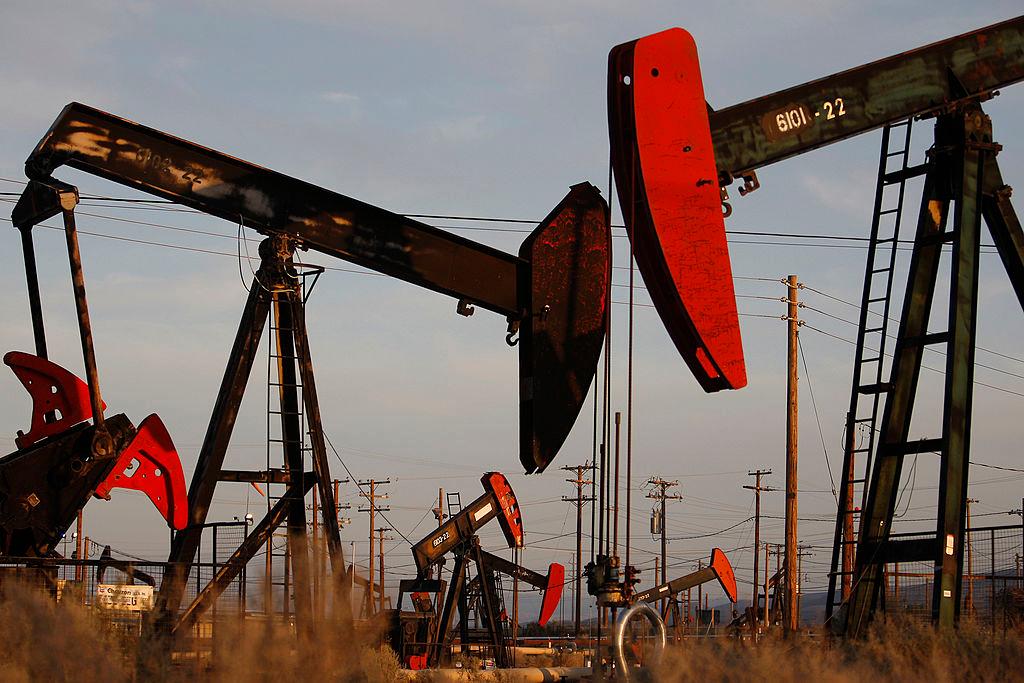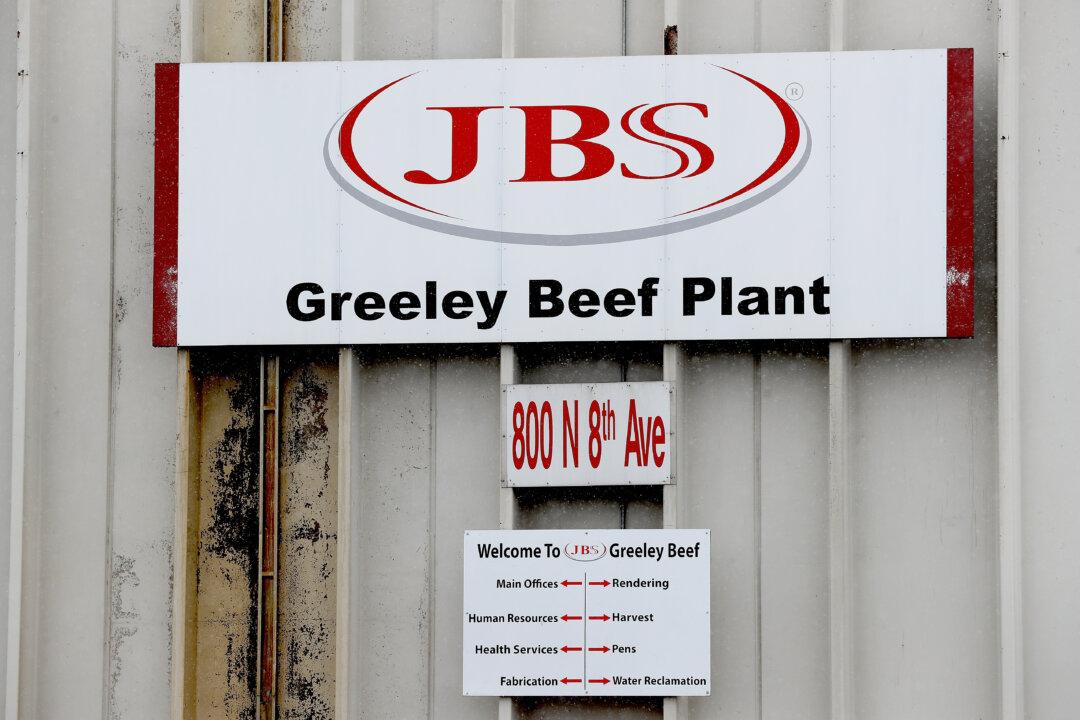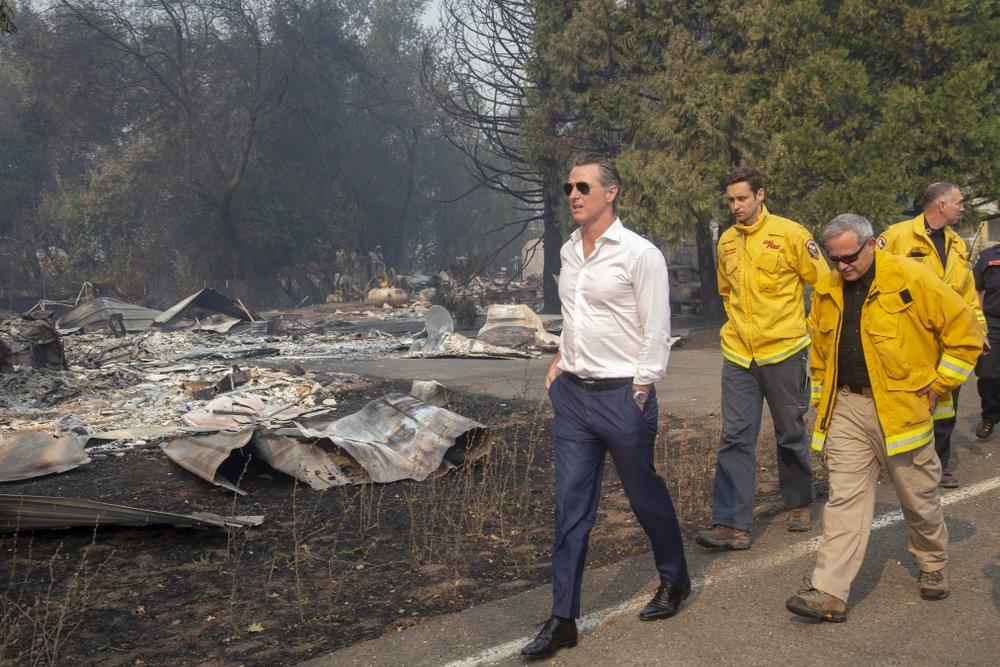The International Energy Agency (IEA) warned this week that the CCP virus crisis is triggering “the biggest fall in global energy investment in history”—with the United States’ shale industry the hardest-hit sector.
“The historic plunge in global energy investment is deeply troubling for many reasons,” IEA Executive Director Dr. Fatih Birol said. “It means lost jobs and economic opportunities today, as well as lost energy supply that we might well need tomorrow once the economy recovers.”





